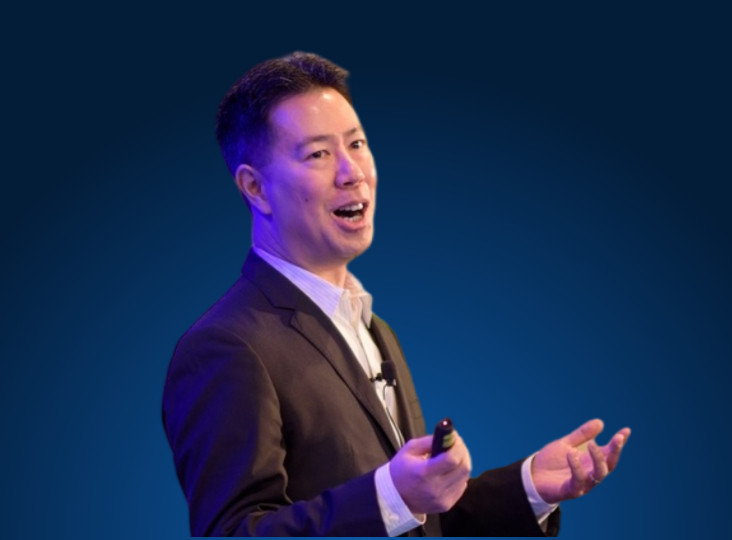Recent case studies, nSights, and podcasts showcase the power of Human Understanding
Check out the recent snapshots highlighting how we put Human Understanding® into practice.
How two leading health systems leverage Human Understanding to increase Net Promoter Scores
Wondering what can happen when you incorporate the Human Understanding Metric (HUme)—“Did everyone treat you as a unique person?”—into your experience surveys and system-wide culture? Dive into the incredible case study featuring Gundersen Health System and M Health Fairview.
Gundersen Health System and M Health Fairview are among the NRC Health partners who are implementing the HUme into their patient-experience surveys. Supporting this effort with intentional strategies to engage leaders and teams, these systems are now enjoying unprecedented increases in NPS. After implementing the HUme as part of a field test in January 2022, Gundersen Health System’s NPS score grew by three points. M Health Fairview implemented the HUme in December 2022 and saw an NPS increase of four points—among the largest growth seen so far by all the partners using the measure.
Discover how healthcare leaders improved their service excellence, patient experience, and Human Understanding in the case study and on-demand webcast!

HUme impact on NPS
Reimagining healthcare: A patient-provider conversation on trust, empathy, and human-centered care
Geeta Nayyar, M.D., MBA, and Cheryl Marker recently joined us for an engaging and thought-provoking webcast delving into the world of healthcare from a patient and provider’s point of view. This session explores the pressing questions and concerns that patients have about their experiences with physicians and healthcare systems.
Panelists discussed the crucial elements of building a strong patient-physician relationship and the changes needed in the healthcare system and, together, envision a brighter future for healthcare through the eyes of both the patient and provider. Don’t miss this opportunity to participate in a conversation, available on demand, that aims to shape the future of healthcare by focusing on personalized, patient-centric care that values individual needs and preferences.
The Great Brand Blur: October nSight recap
Healthcare brands face an invisible and intimidating force: homogenization. The pandemic further knocked healthcare brands together in consumers’ minds and created a full brand blur. Our recent nSight, which addresses the sea of sameness, highlights five key points:
- Unified COVID messaging captured many different healthcare brands under a single voice and further blurred the lines between hospitals, clinics, health departments, and so on.
- Brand differentiation in healthcare has been historically difficult and the Great Brand Blur is going to make competitive separation even more difficult.
- Consumers are more than ready for fresh messaging – and real engagement – and demand brands show their cards on what makes them valuable and worthwhile.
- PX impacts brand perception for organizations of all sizes. But as an organization grows, the connection between experience and brand gets stronger, to the point where 50% of brand perception can be explained by HCAHPS star ratings in large systems.
- Branding is external in nature but comes together internally – healthcare organizations must explore their brand and be bold in new positioning and promotion.
Dig deeper into October’s nSight and learn why healthcare branding has always been tricky, understand the downside of unified messaging, and see the value of checking in with consumers in this fascinating look at the Great Brand Blur.
Don’t miss Children’s Hospital Colorado’s strategy for human-centered care
Providing human-centered, individualized care makes a big difference in how patients experience the health system—but not all provider organizations have the right processes in place to enable such care.
During a recent Becker’s Healthcare podcast, Shawna Grissom, director of family services at Children’s Hospital Colorado, and Cami Mitelman, customer success manager at NRC Health, discussed the essence of human-centered care and the value of proactively and empathetically addressing patients’ needs throughout their healthcare journey.
Some key takeaways included:
- Human-centered care starts with understanding patients’ needs and expectations as soon as they walk in the door.
- Conversing with patients at eye level and doing bedside shift handoffs are examples of human-centered care.
- Empowering patients with resources and control over their care is the ultimate measure of human-centered care.
“We know that patients are the experts on their lives, and clinicians are the experts on the healthcare they deliver,” Mitelman says. “And truly, this is a meeting of the experts.”
Catch the entire podcast episode to learn how teams are strategizing this year to ensure that patients and families receive human-centered, individualized care.
AI in healthcare—promise and pitfalls: December nSight
Healthcare is a powerful example of how artificial intelligence (AI) is transforming the world. AI-driven care shows real promise, from optimizing scheduling and streamlining operational processes to facilitating diagnoses, tailoring treatment plans, and personalizing care.
That promise, however, is matched by confusion among patients, consumers, and healthcare professionals about what AI is, the benefits and risks it carries, and the ethical concerns it will continue to raise as usage grows.
Our research indicates that building trust requires health systems to explain clearly what AI is—and their vision for using it—to patients, communities, employees, and affiliated staff. Our recent nSight highlights five key points:
-
- Nearly 75% of healthcare consumers do not have a clear sense of how AI is used in healthcare.
- There are myriad uses of AI in healthcare and it’s important to think carefully and explicitly about how each one impacts both patients and care teams.
- While people are appropriately cautious about AI, those who report familiarity with AI are more likely to report being hopeful, excited, and confident about its use.
- Trust in the use of AI for various clinical functions is markedly higher for consumers who report familiarity with AI – but even they trust doctors alone more than doctors using AI.
- Trust in care providers and trust in AI will be increasingly intertwined, and education will need to address its promise, as well as potential pitfalls and how those pitfalls will be handled.
Don’t miss the use cases of how AI can facilitate a wide range of tasks, along with a review of the potential pitfalls of AI, in our December nSight.

